Media | Articles
Meet the fix that kept the Ford Pinto from exploding
Let’s be clear on one thing: I come not to bury the Ford Pinto (or Mercury Bobcat), only to explain how it outlasted its competition from General Motors, AMC, and maybe even an import or two that weren’t up to speed with American car preferences. It’s true, the Pinto/Bobcat not only survived the rear-end collision fire tragedy, it thrived to the tune of over 3.3 million units sold, with a freakishly loyal underground following to boot. Perhaps stealing victory from the hands of defeat was no small feat?
Actually it was a handful of small feats, which we will explore further with the acquisition of this new-old stock (NOS) Pinto gas tank retrofit kit from 1978. After a deep dive into the retrofit kit, we’ll look at what it accomplished, both for the Pinto and the automobile industry as a whole.
What was in the 43-year-old box? Nothing revolutionary, just new gaskets/seals, a longer fuel filler neck, a stronger fuel filler cap, a pair of plastic tank shields, miscellaneous bracketry/hardware, and Ford’s instructions to install everything. This is a good time to mention this fix applied to the Pinto/Bobcat sedans, as the wagons were exempt from the recall.
But this kit was selected (over others for sale on eBay) because it was designed for the 1975 Pinto with factory dual exhausts, which is apparently a one-year only configuration. This specific Pinto required a gas tank shield with an extra layer of metal to provide heat shielding from toasty-hot exhaust gasses.
Are you feeling special after all the effort we took to get the best Ford Pinto retrofit kit for our readers? No matter, a detailed look at the rest of the kit will suitably impress you. For your consideration, the revised fuel filler cap.
Marketplace
Buy and sell classics with confidence
This beefy upgrade attaches into the same external, cosmetic cap with two screws, but it has retaining tabs that are far deeper and more cup-shaped. When paired with the new, longer fuel filler neck, the cap makes a shockingly tight seal. Well, tighter compared to older Fords I’ve experienced in the past with downright rattly caps.
Even this brand new, aftermarket cap (left) for my 1979 Continental Mark V looks puny and downright unsafe relative to the Pinto’s replacement cap (right).
While calling this part an over-engineered solution is hyperbole, Ford clearly wanted people to see they were doing something to resolve the problem. And they (probably) saw it every time they went to the gas station.
No matter, it’s clear Ford put serious effort into this 1978 retrofit kit: take a gander at this PDF with Ford’s letter to NHTSA, their letter to Pinto/Bobcat owners, and the full details to dealership service departments via service bulletin.
With so many Pinto/Bobcats to repair, the Washington Post wrote, “Local dealers report that the time needed to repair each vehicle is usually about an hour and that business has been brisk.” It’s possible that 1978 was the year automotive retailers learned that massive safety recalls are a boon for their fixed operations departments. Which is a narrow-minded and cynical way of looking at things, but how bad was the problem? And will the repair actually fix the problem?
Consider the fact that the laws of physics are not on the side of compact, rear wheel drive cars with a stick axle mounted close to a gas tank. The Pinto wasn’t the only small vehicle with this design, and more importantly, the Pinto’s safety rate was about class average. Former UCLA law professor Gary T. Schwartz did a retrospective called “The Myth of the Ford Pinto Case,” which discusses the Pinto’s raw deal in painful detail.
Publishing the above document was not done with the intention to whitewash the personal deaths, tragic injuries, or the lack of safety engineering protocols at the time. NHTSA didn’t even begin crash tests (frontal only) until 1978, which shows the level of public indifference until the Pinto became its lightning rod. (Speaking of indifference, consider the original Mustang’s drop-in fuel tank, likely inferior to the Pinto before installing a layer of aftermarket protection.)
The Pinto’s legacy also includes the notion of a quick fix to magically put people’s minds at ease: Jeep’s more recent fire issues are presumably solved with the addition of a receiver hitch. The Chevy Bolt fire fiasco has yet to reach its conclusion, but one can hope it doesn’t get dragged in the mud like the “side saddle” gas tank fires in GM’s Squarebody trucks.
Even if these fixes garner/garnered a notable improvement, they are useless once a vehicle actually catches on fire. That’s where the ubiquitous Ford Crown Victoria Police Interceptor comes into play, with a (claimed) 75-mph crash test that deserves the oxygen of publicity.
Ford was clearly burned (as it were) by the Pinto experience, so it wasn’t gonna mess around when the Police Interceptor was caught in the crossfire. Which proves that, sadly, there’s only one way to prevent the loss of life in a vehicle fire: installing a fire suppression system as a fail-safe measure. But these systems aren’t cheap; even a rudimentary kit for budget-minded racers is a whopping $700. The buying public likely won’t stomach the cost, the cargo volume reduction, and the resulting weight/fuel economy penalty.
But this is a roundabout way of saying there’s no perfect solution to vehicle fires. Furthermore, it’s safe to suggest that the Pinto gas tank retrofit kit was the best possible outcome considering the time, technology, and cost constraints of the era. Ford did a commendable job in engineering a solution that reduced the risk to an acceptable point for all (some?) parties. And that, by 1978 standards, was as good as it could possibly get.


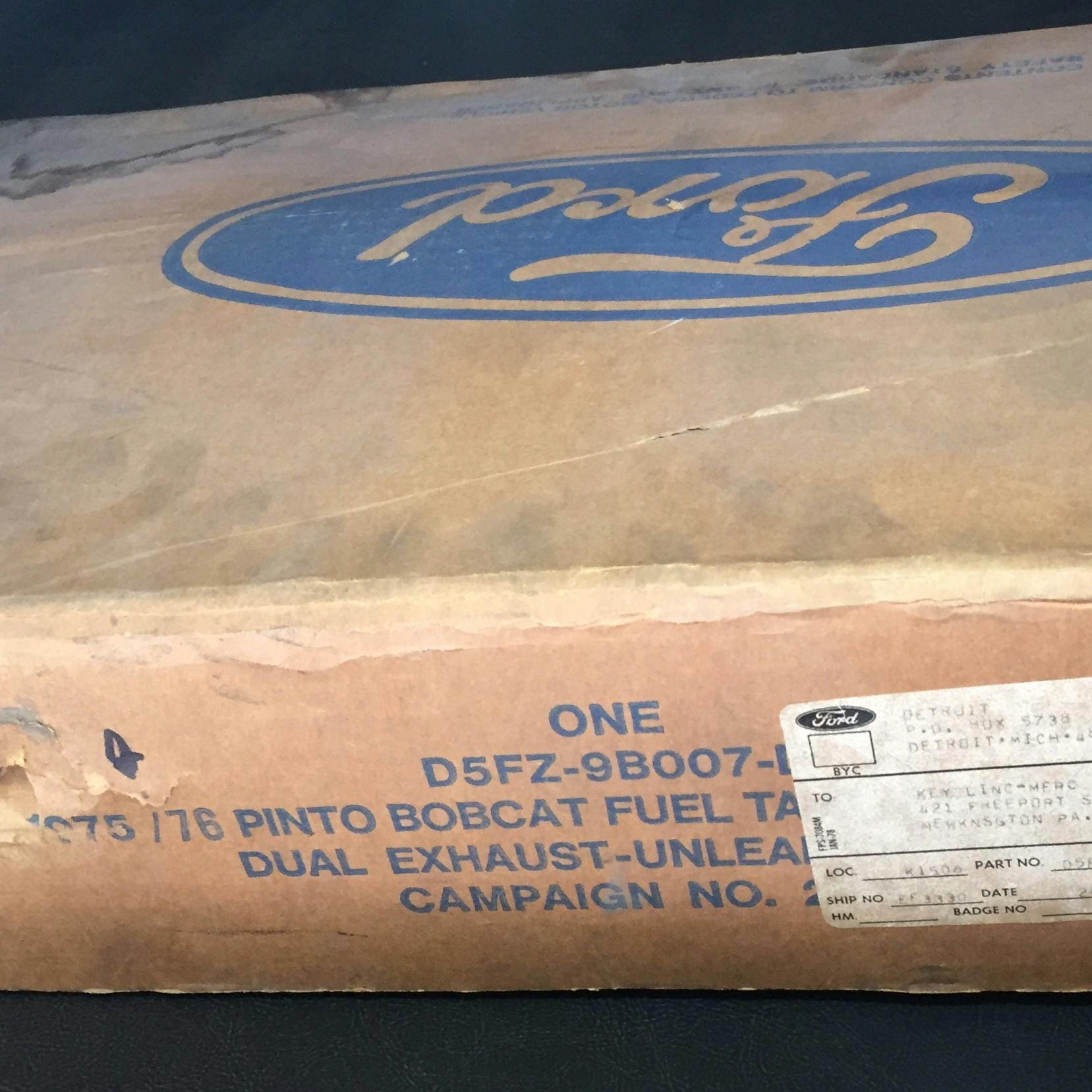
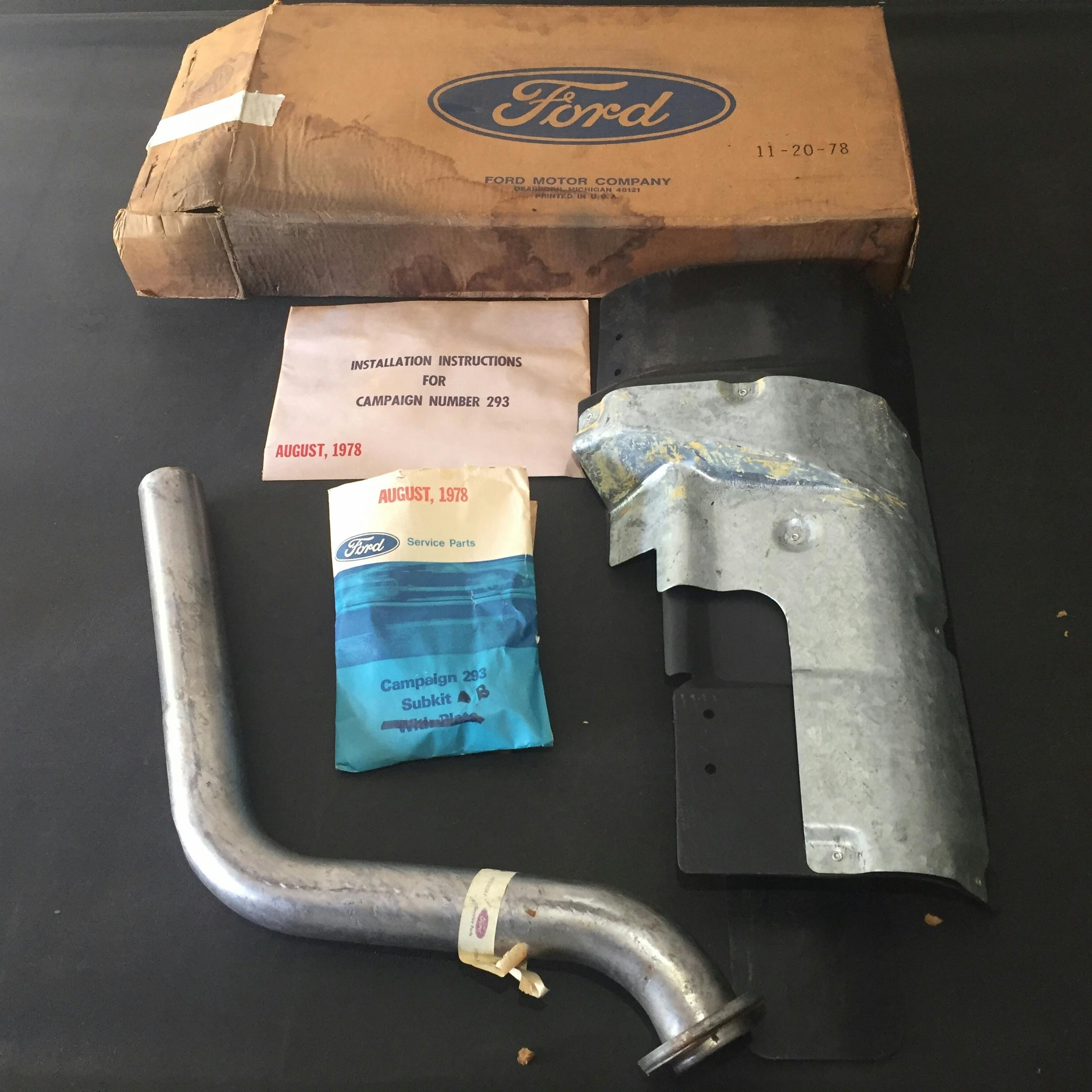


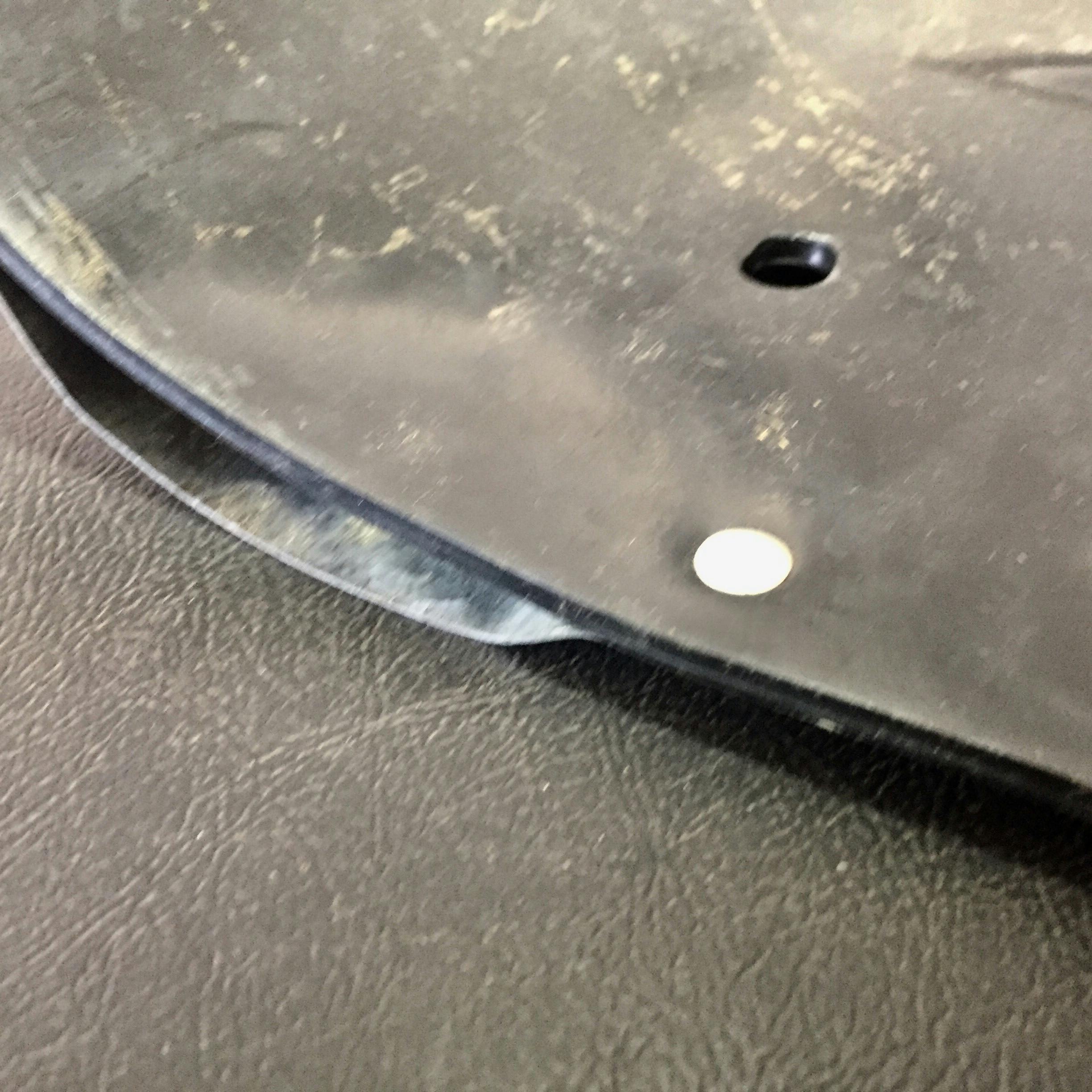
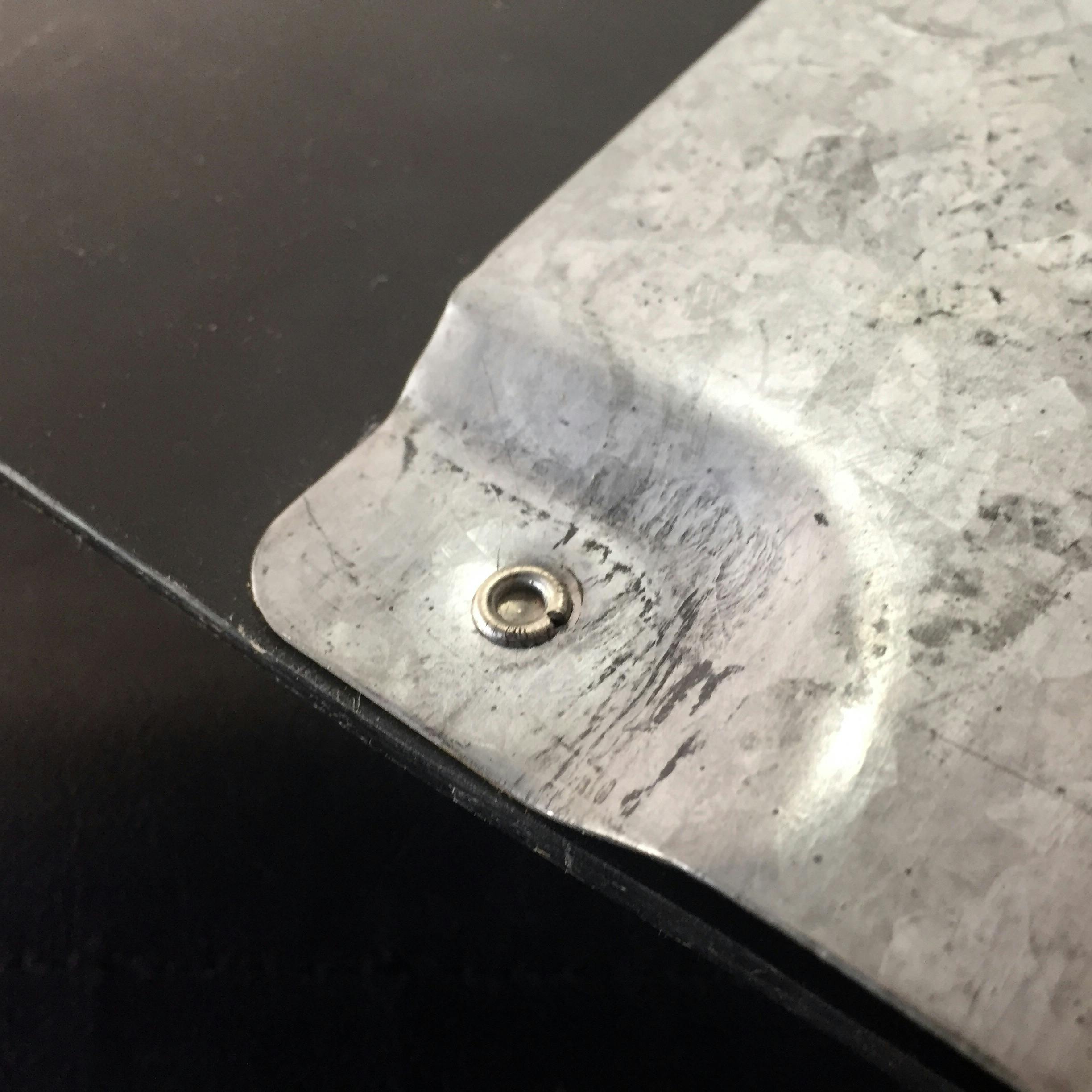








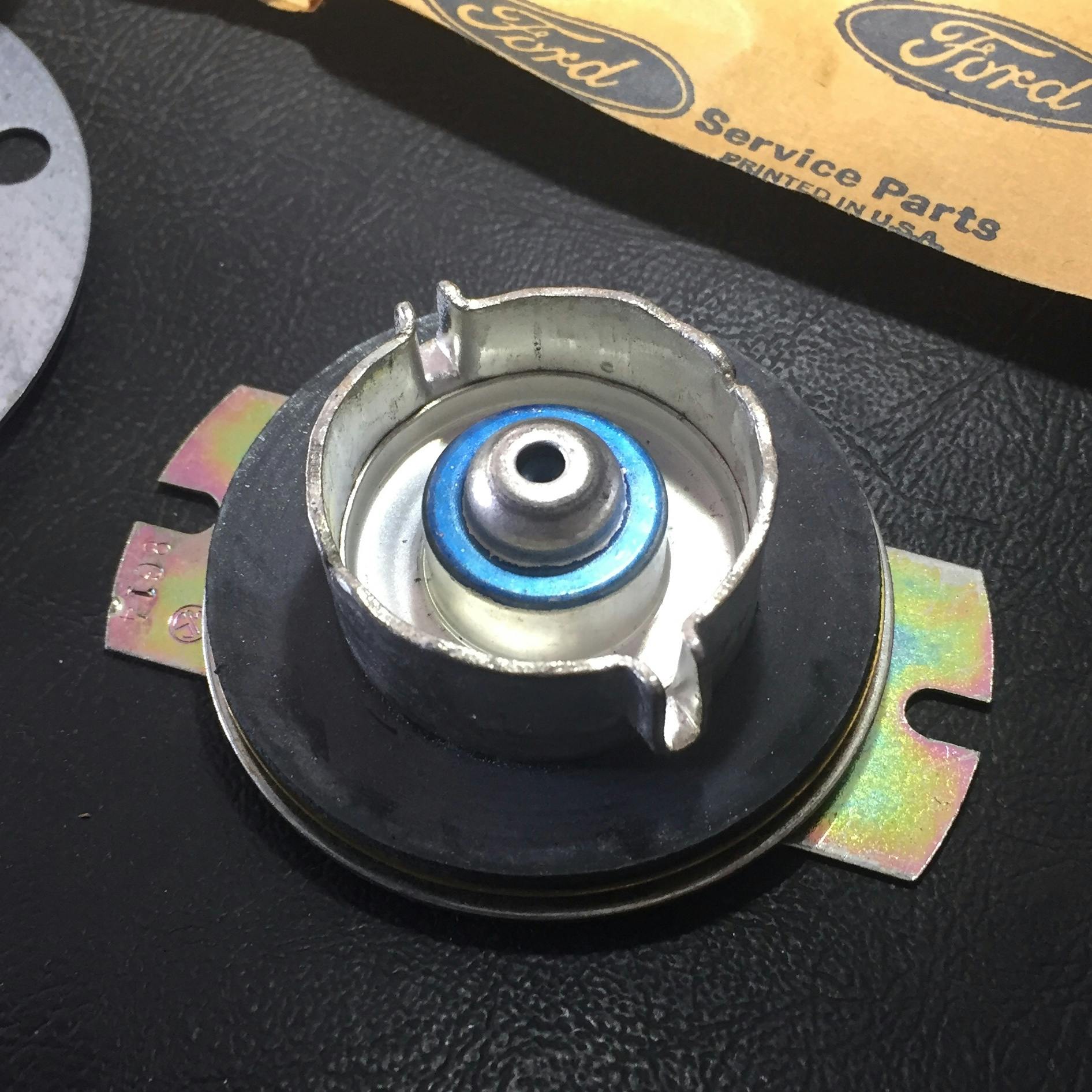
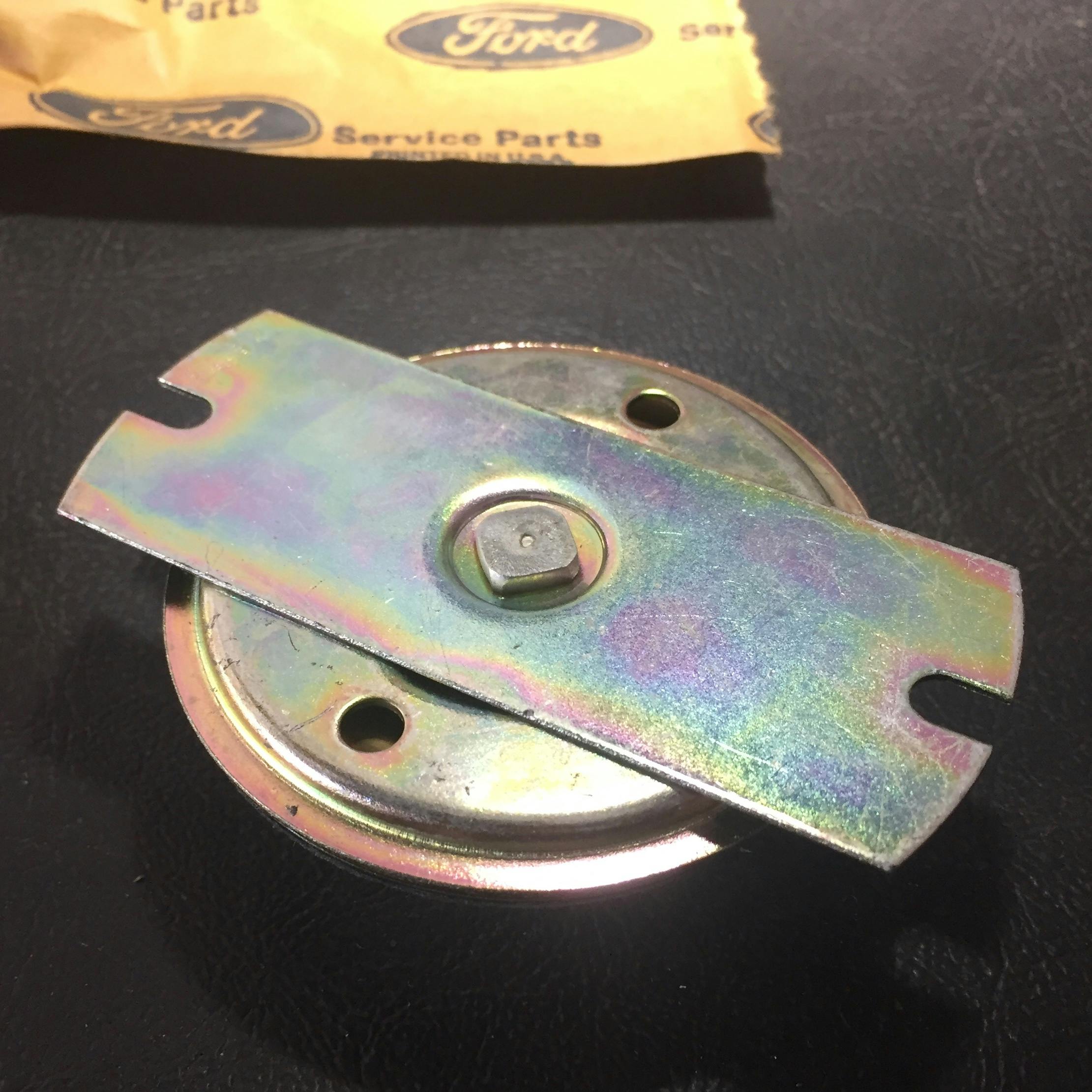
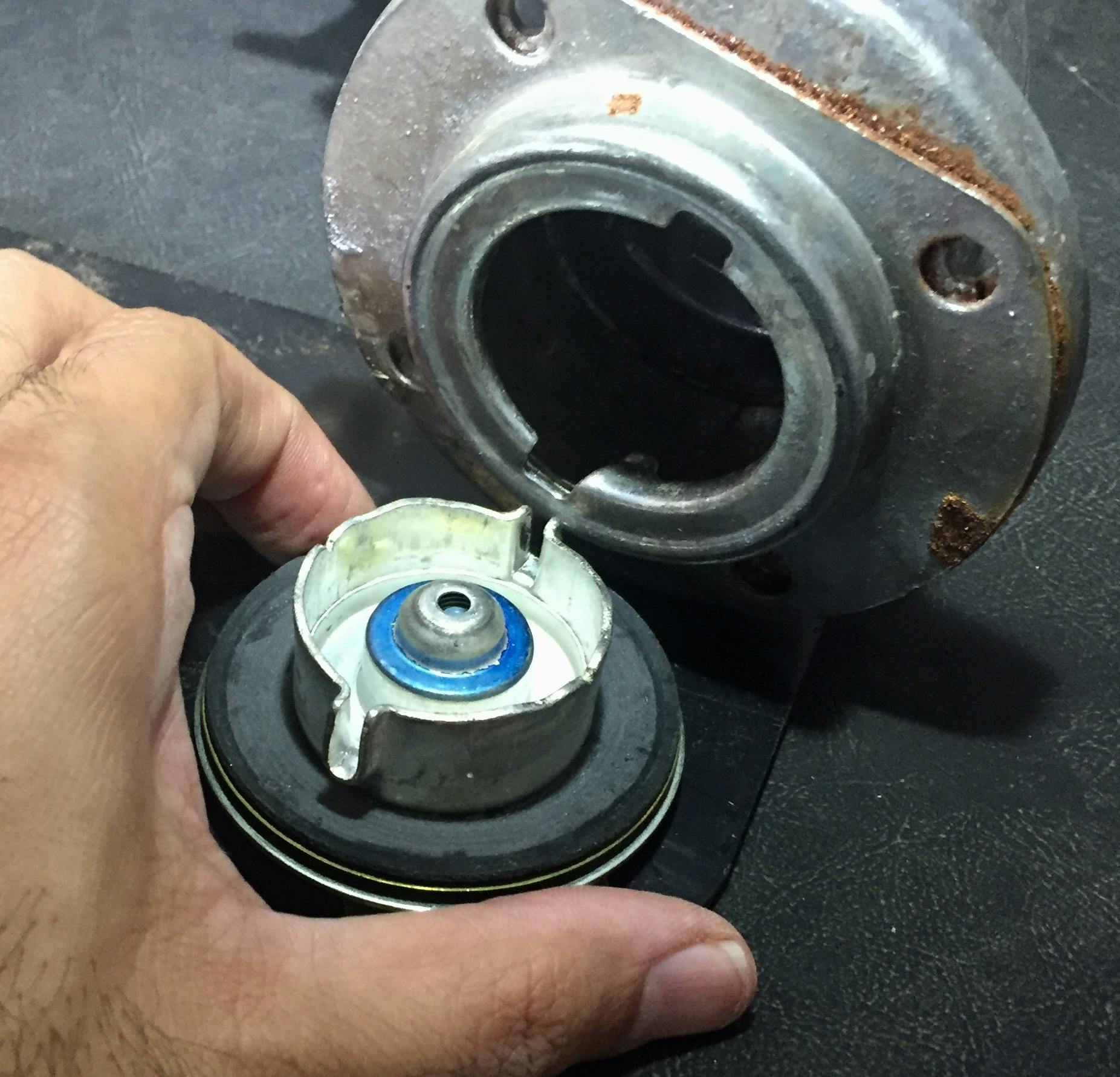
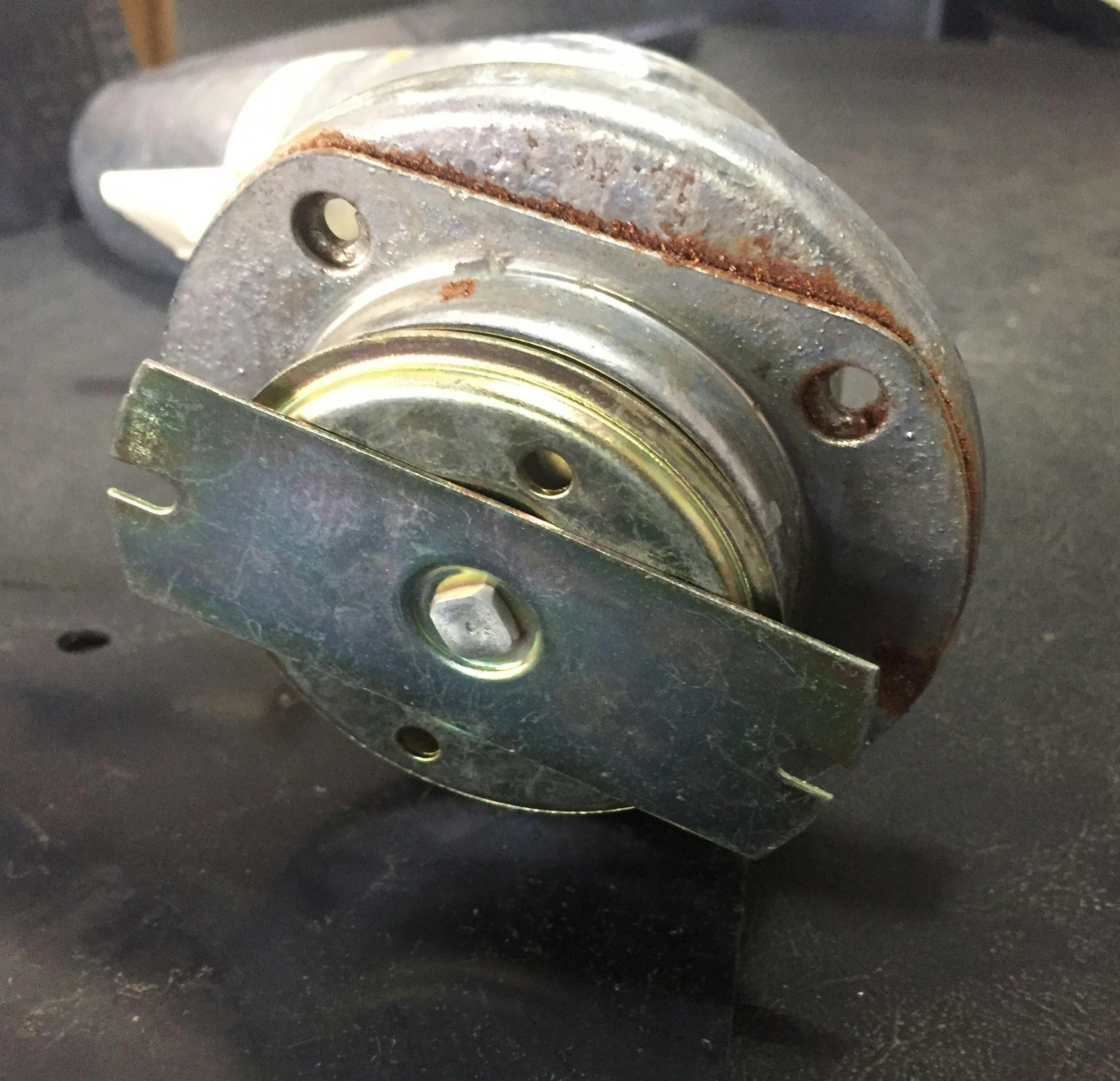

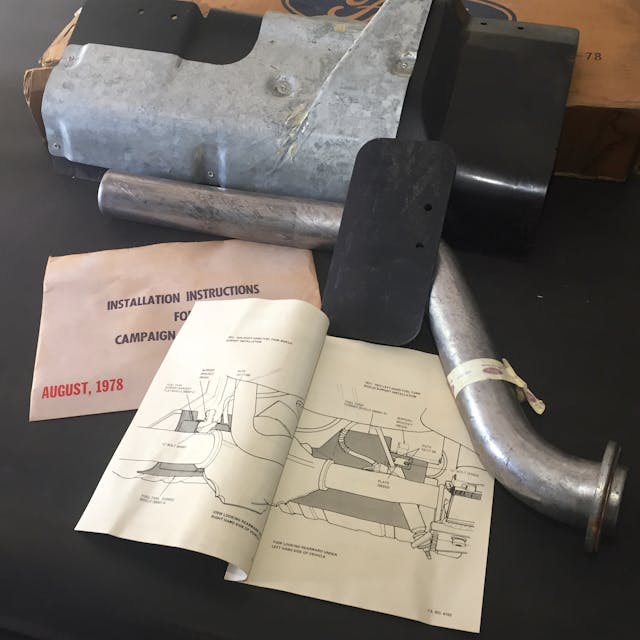
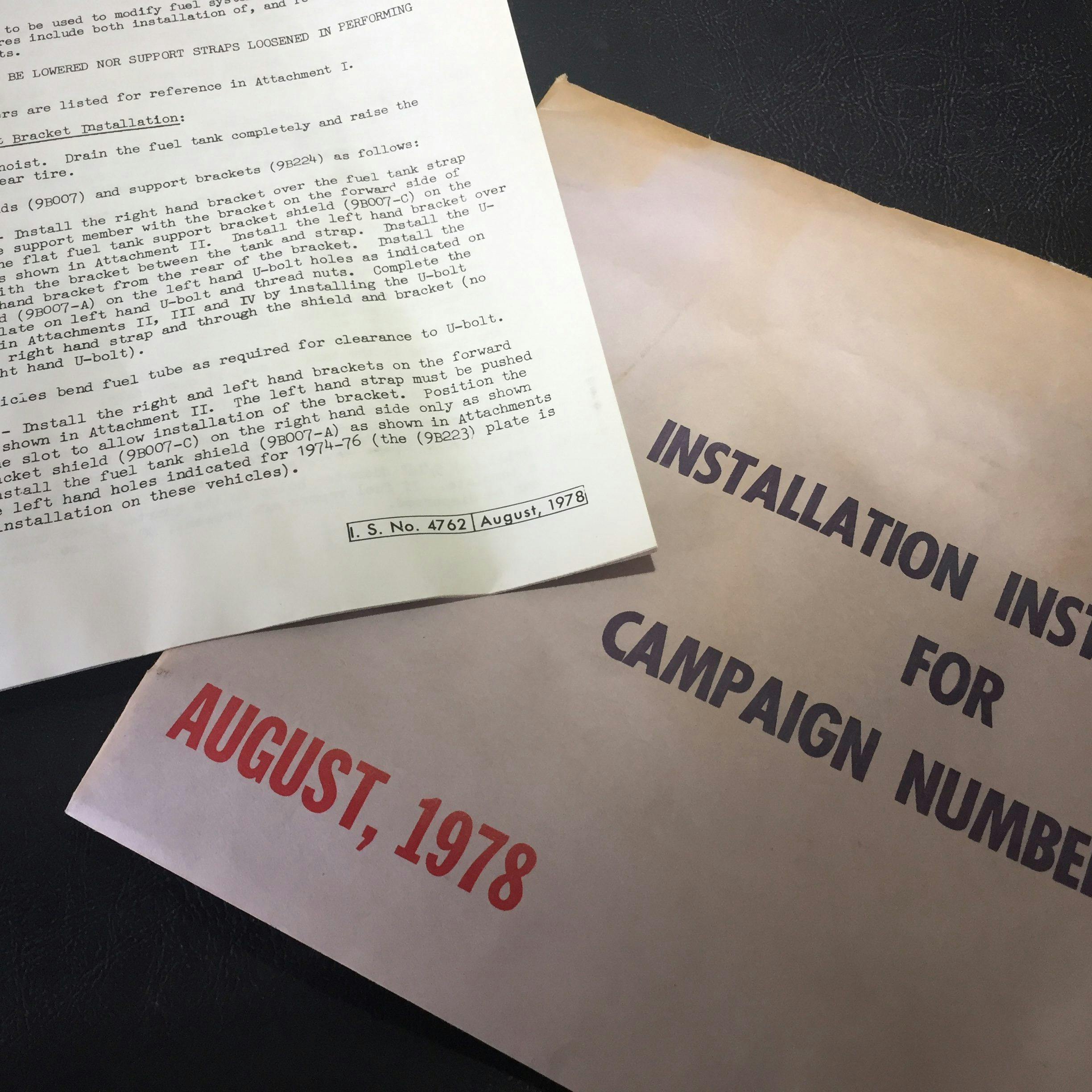
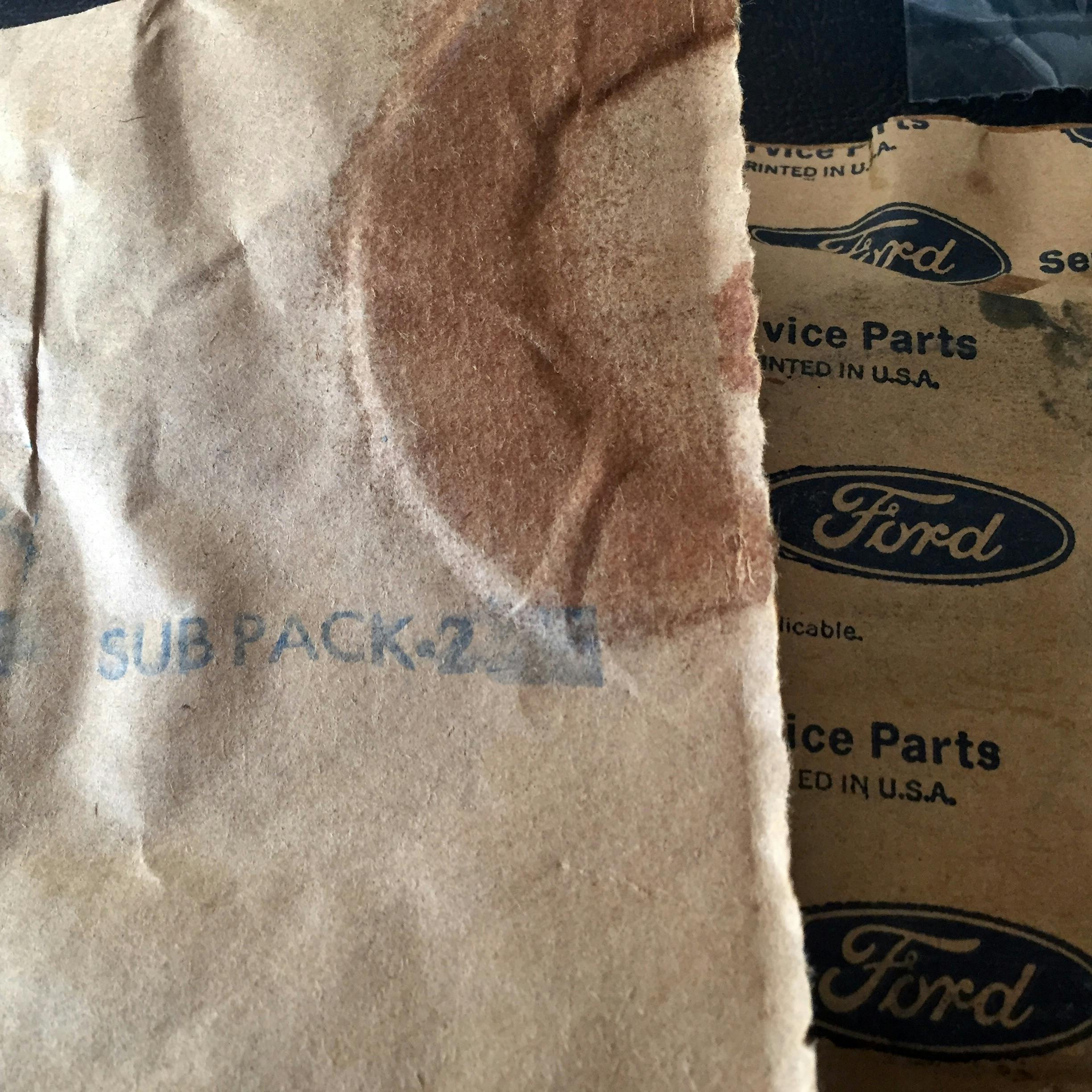
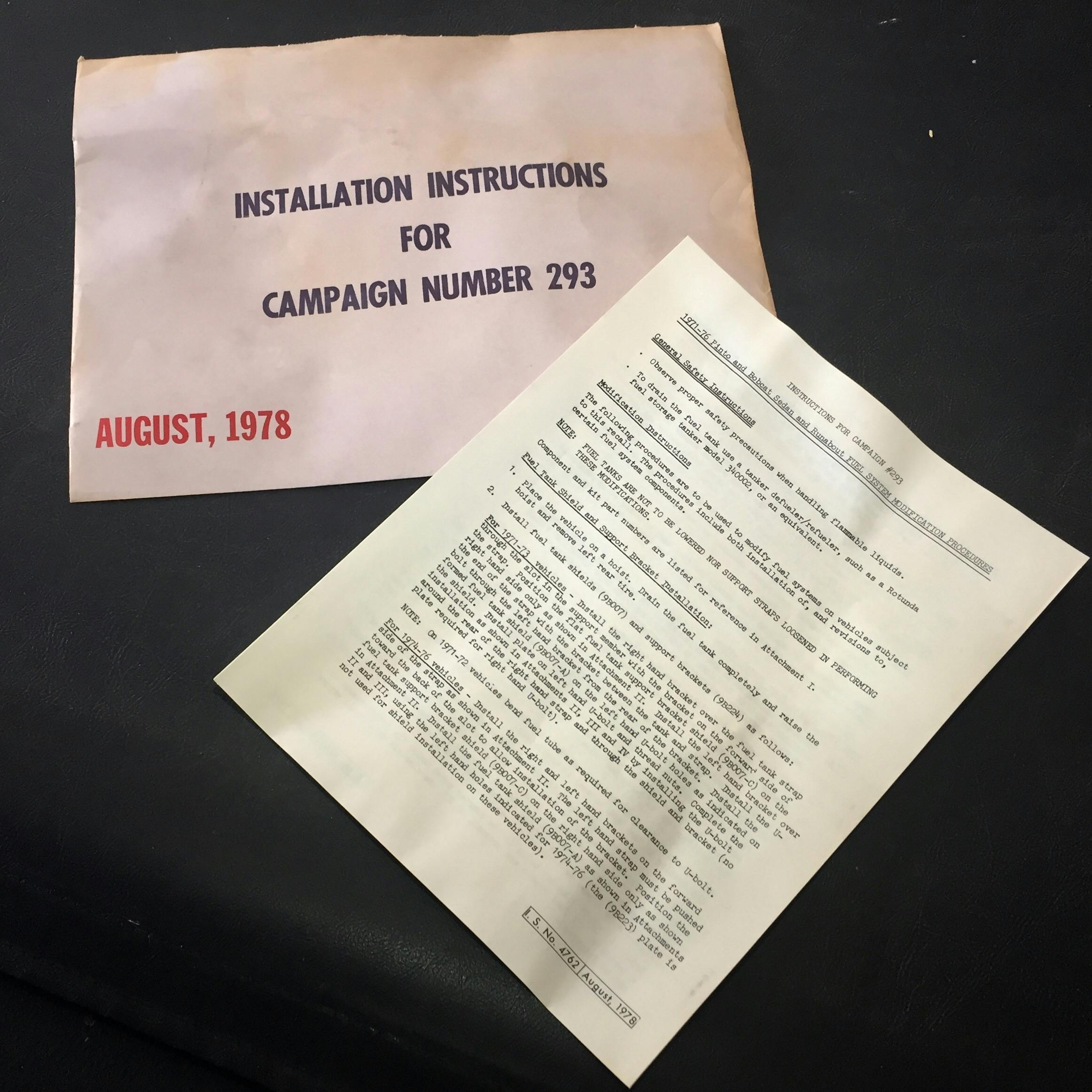
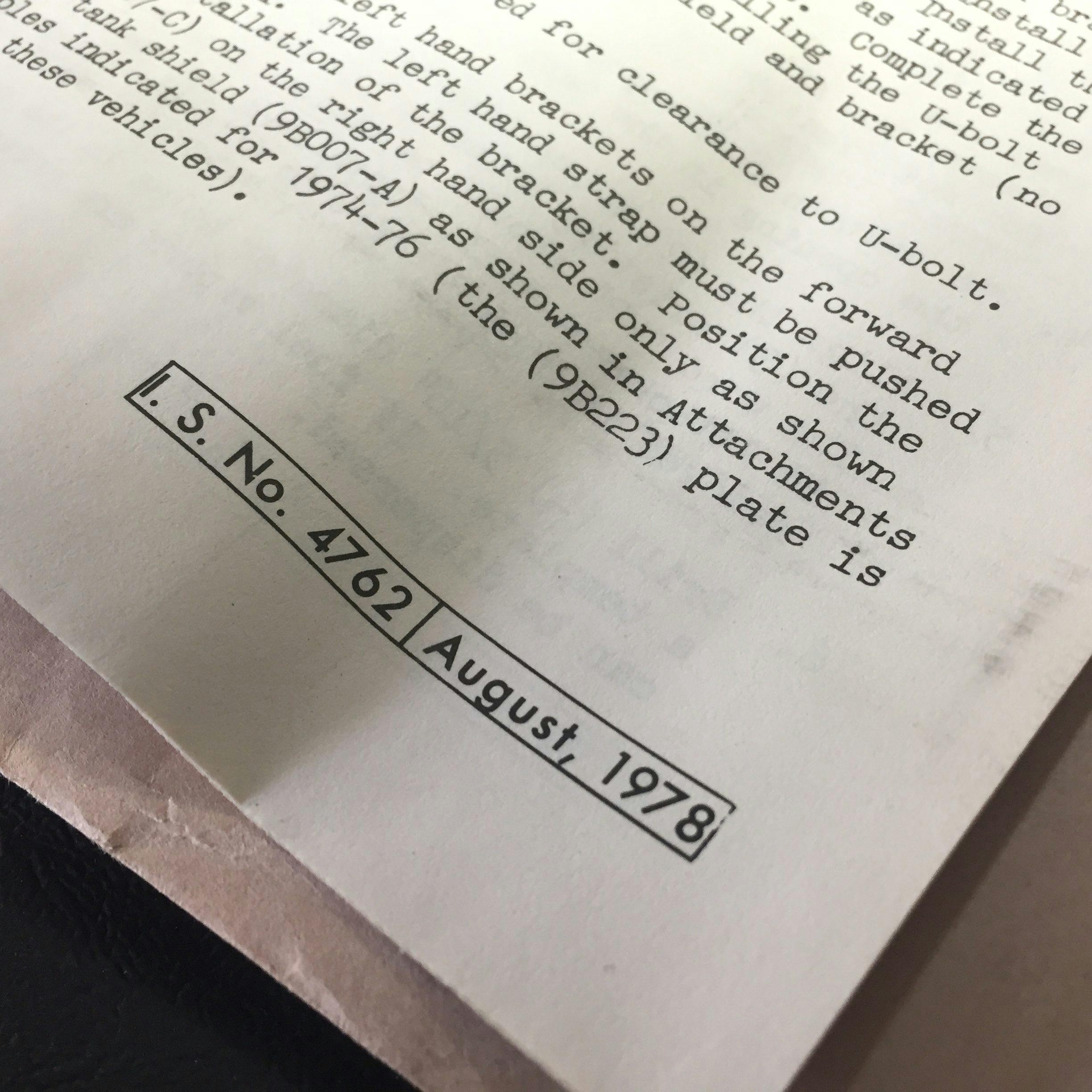
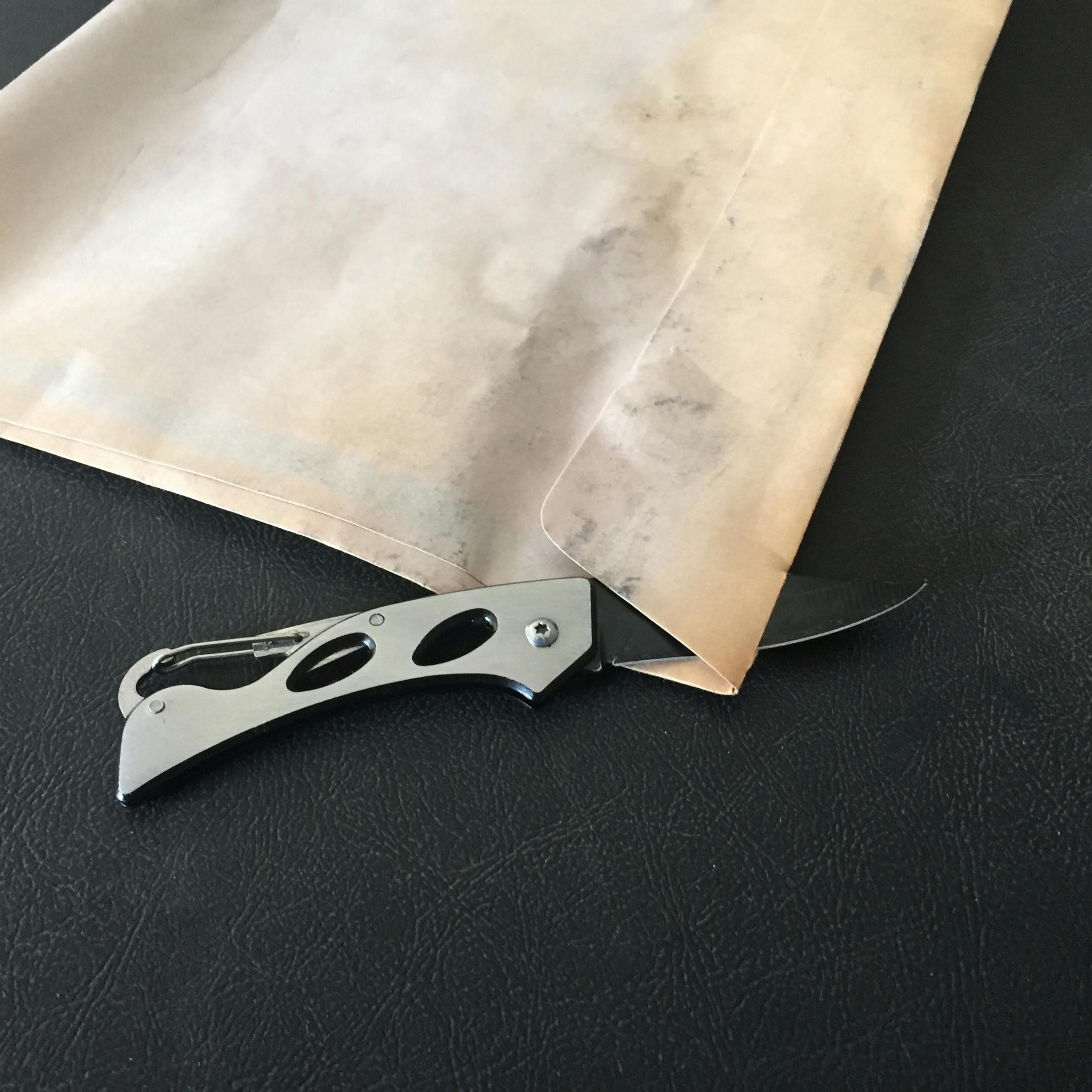


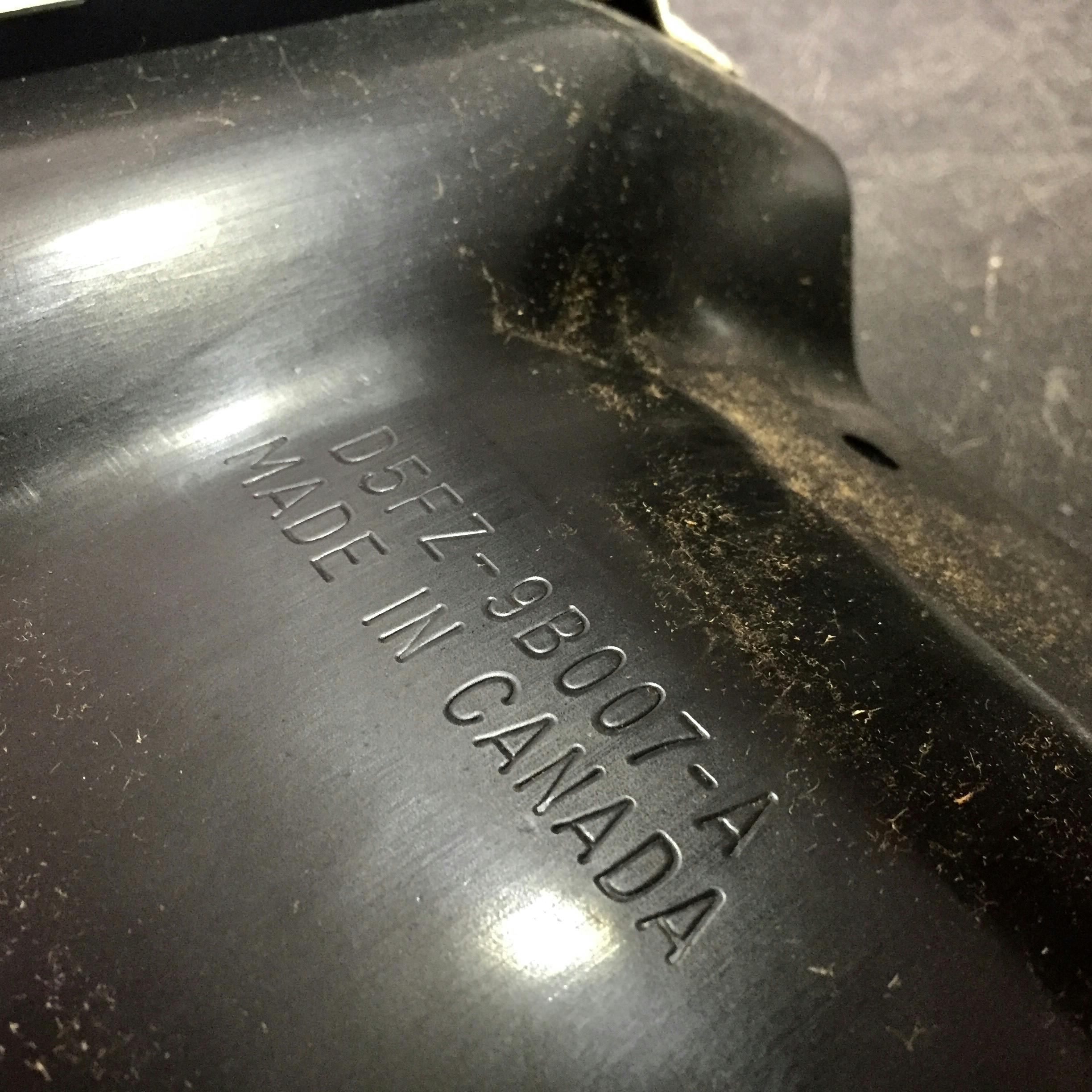
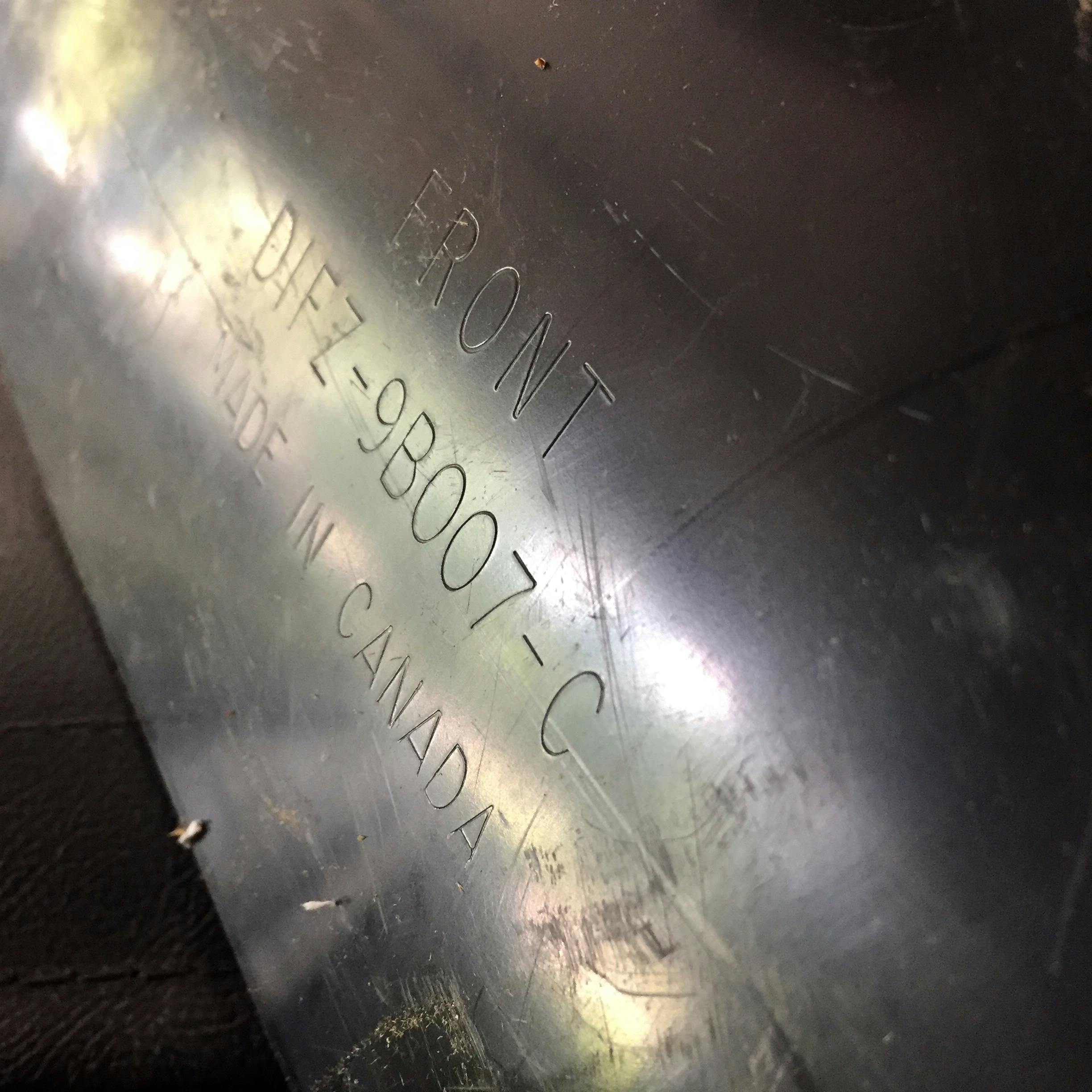
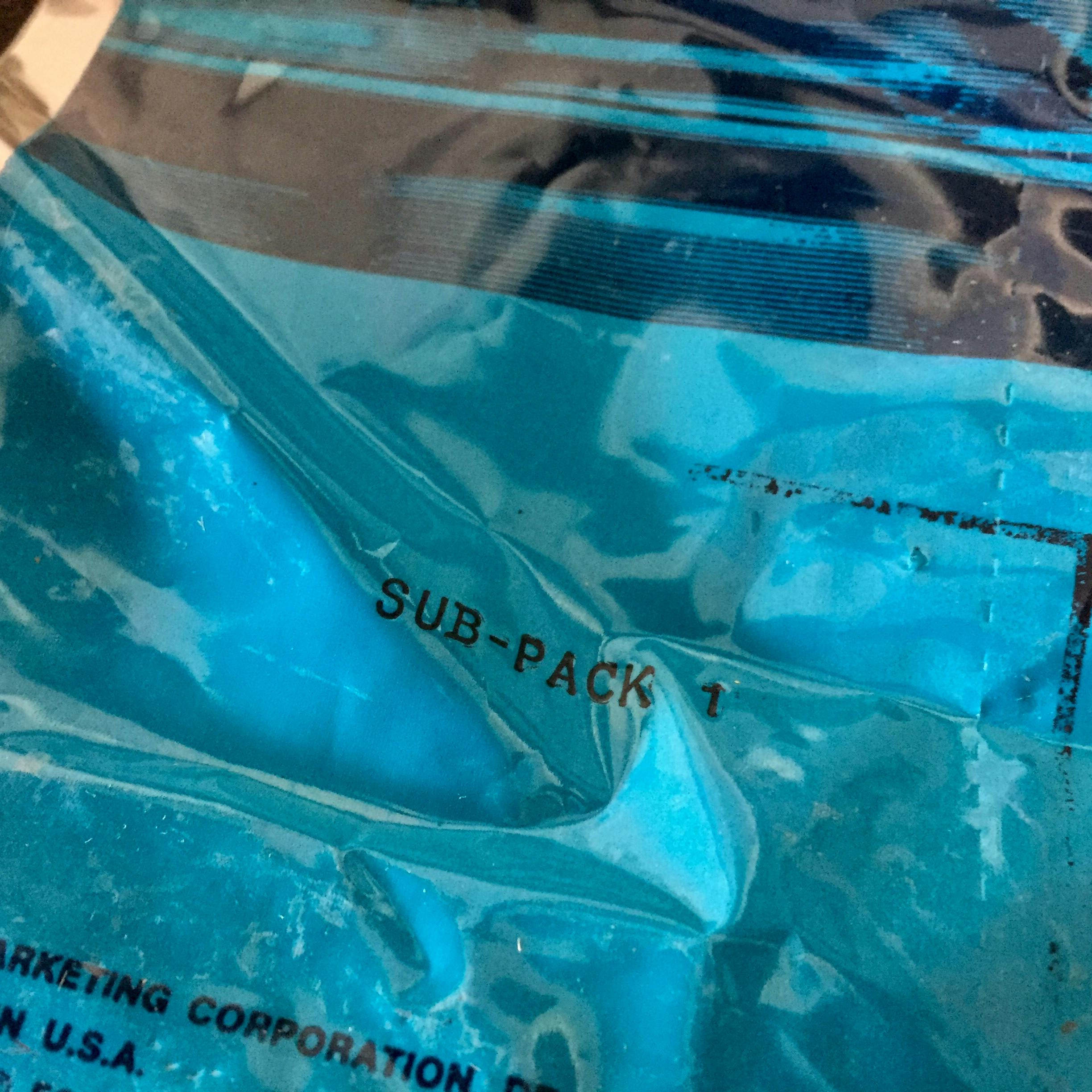

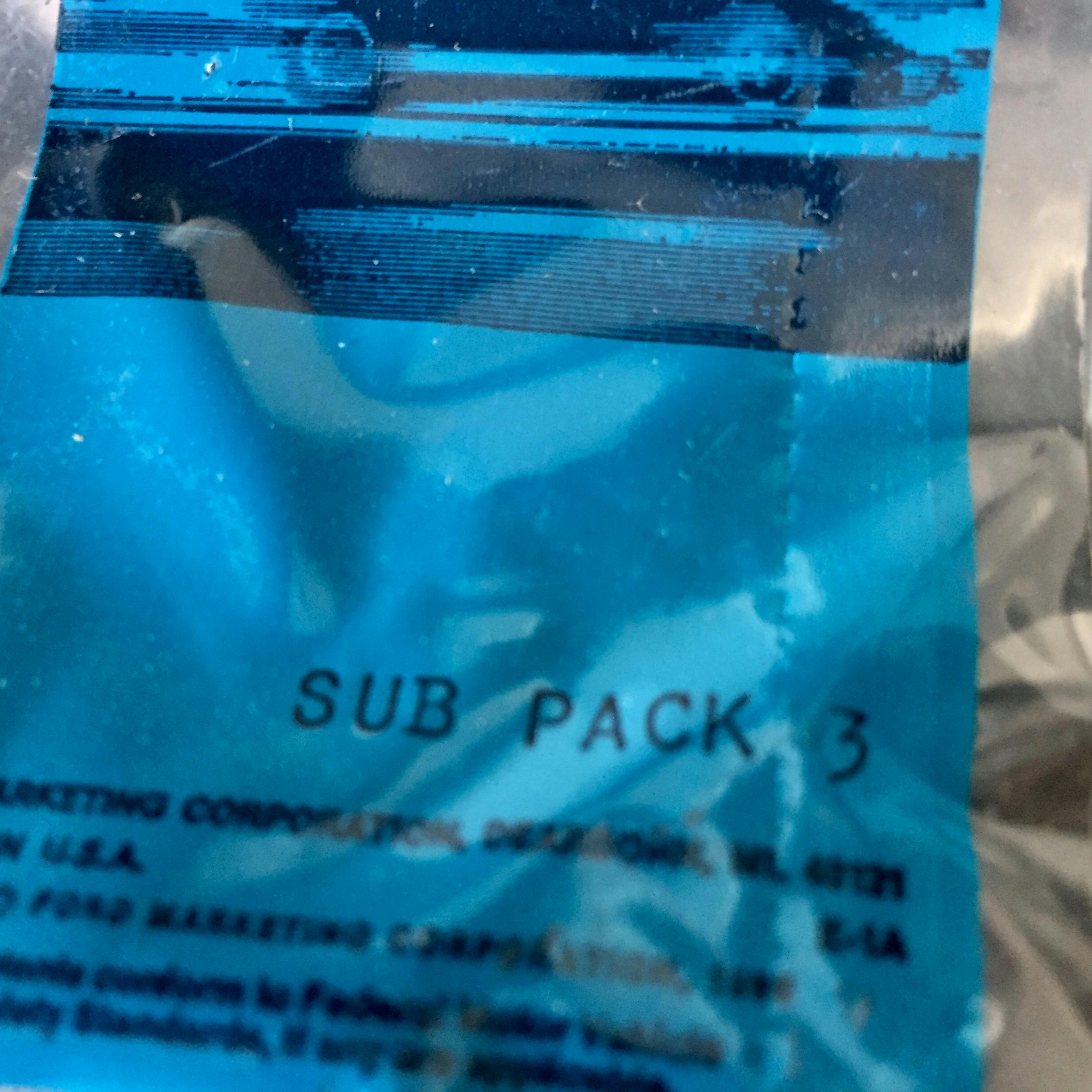



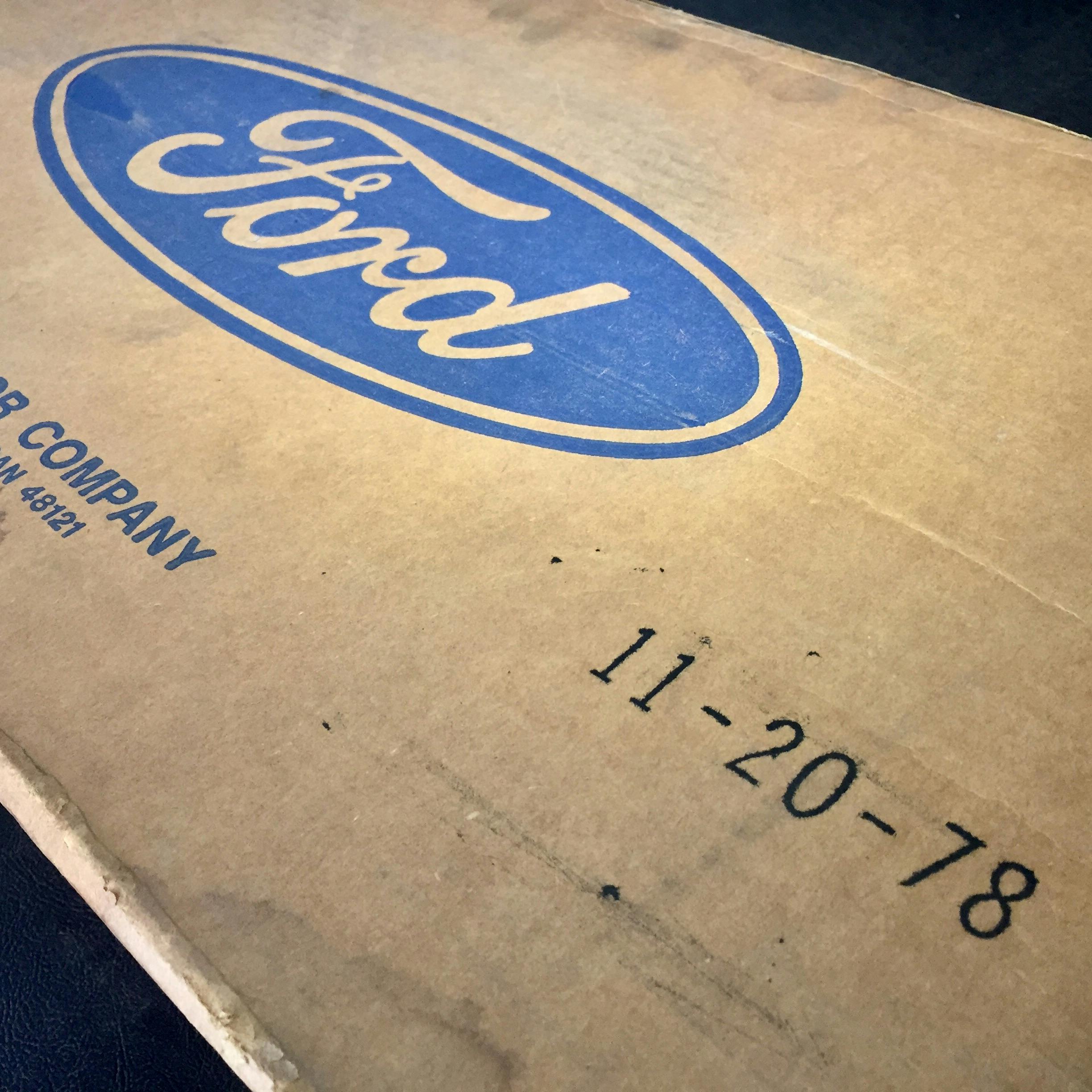

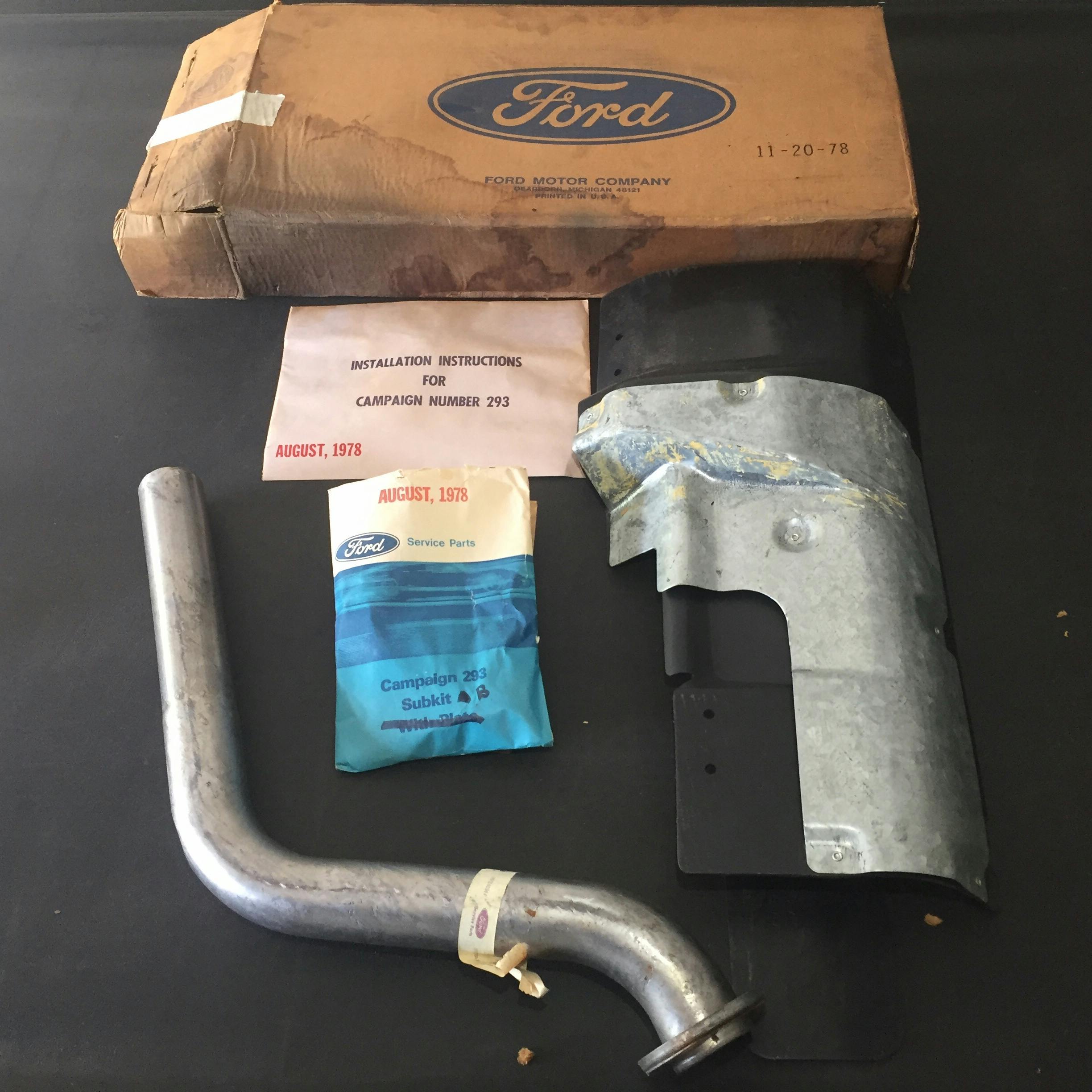

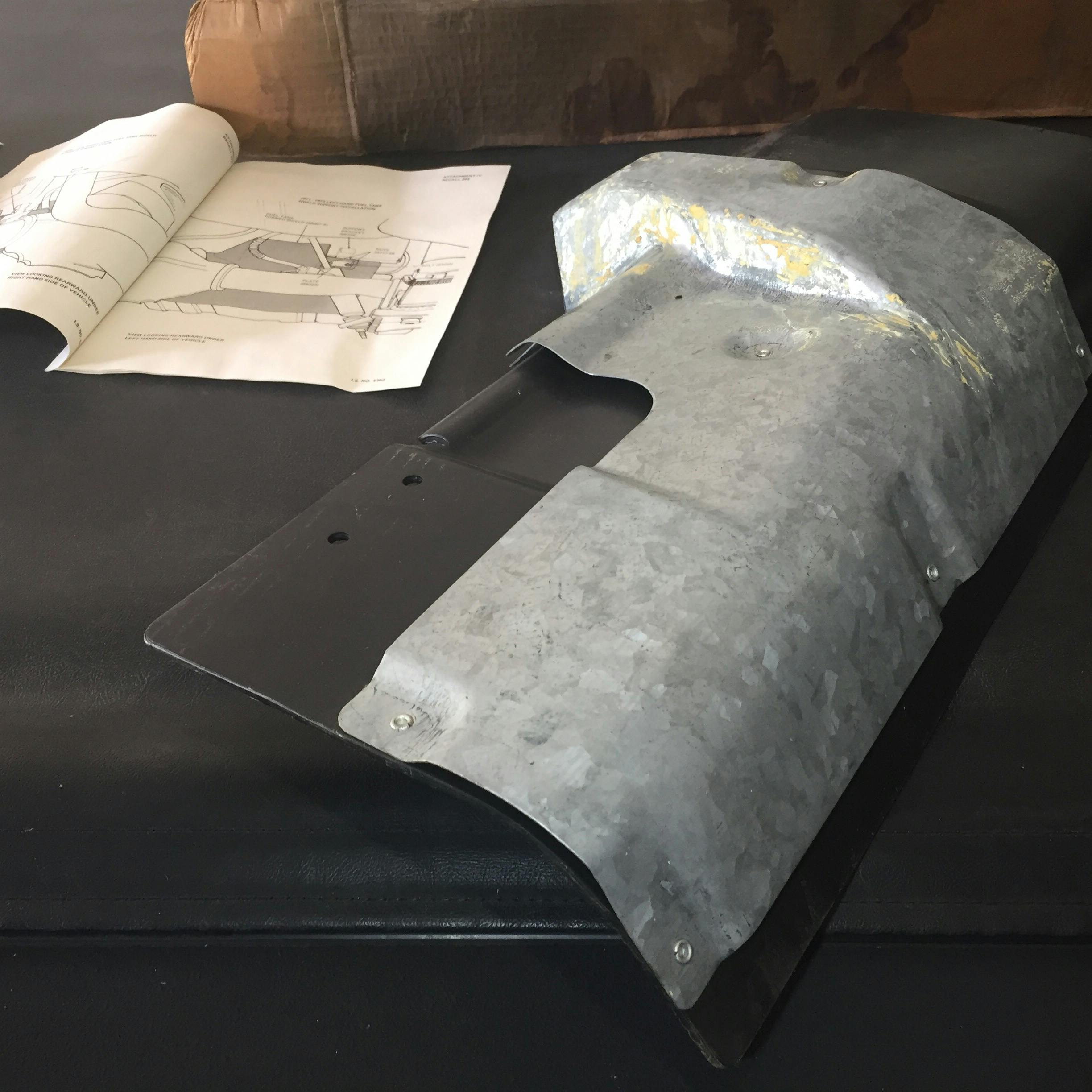
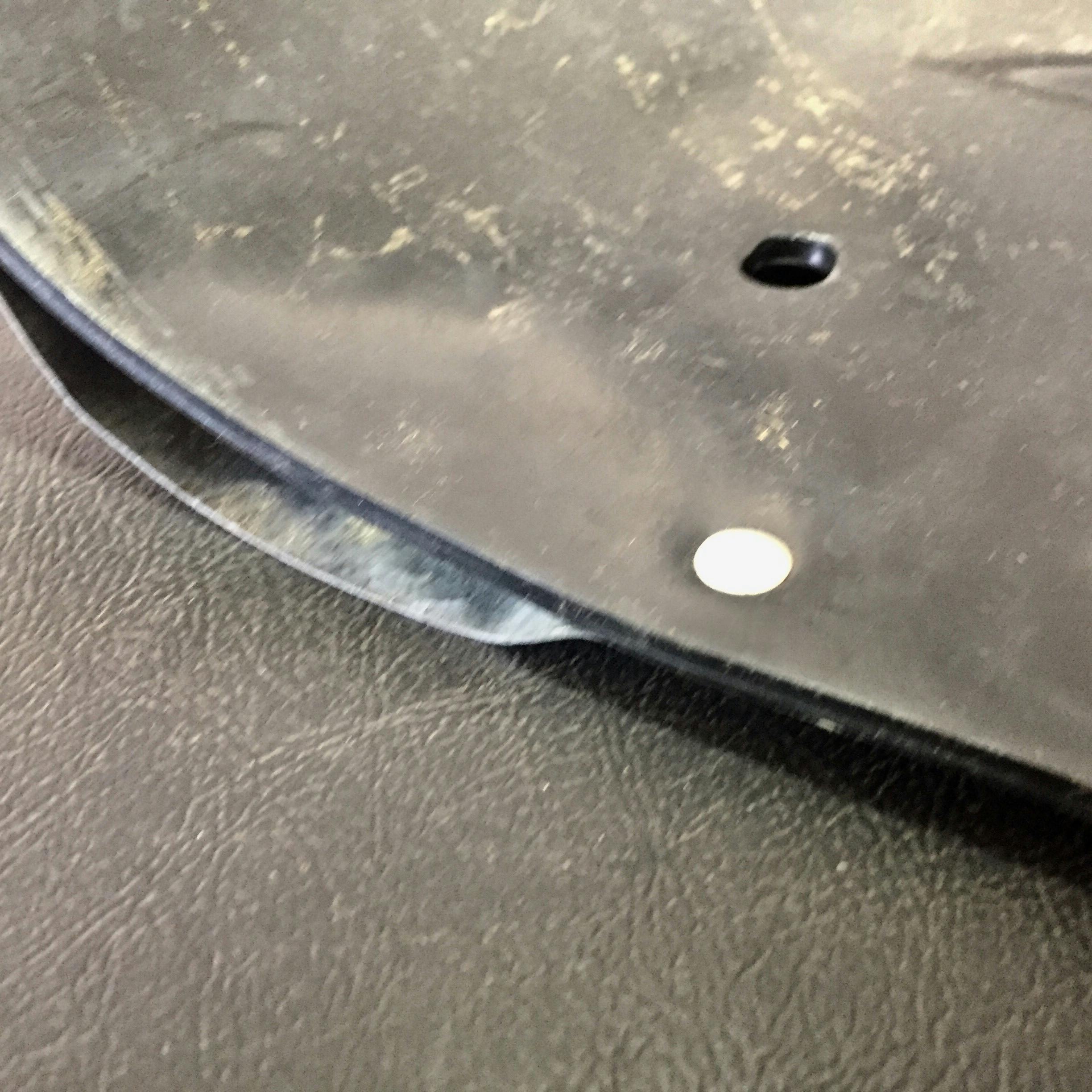

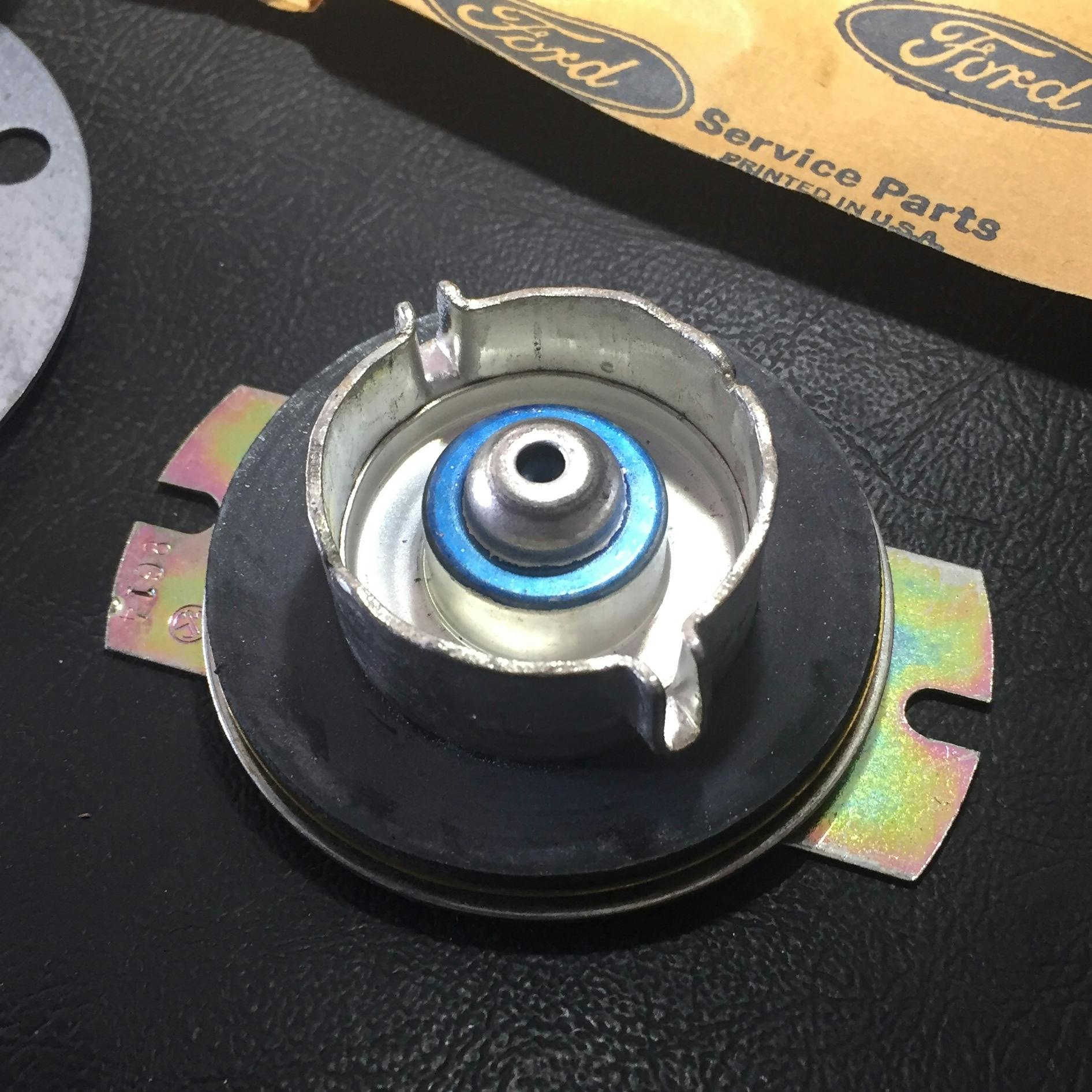
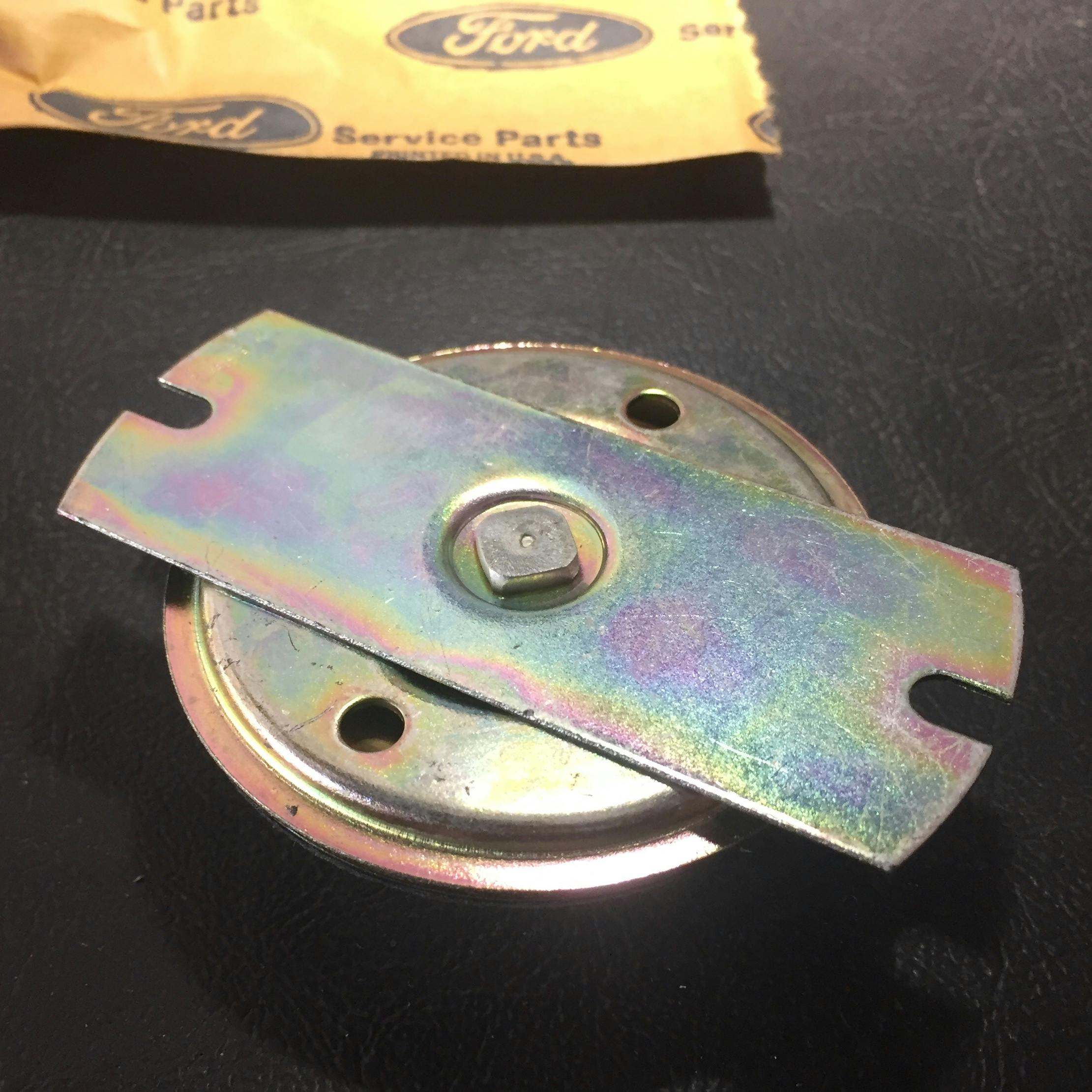




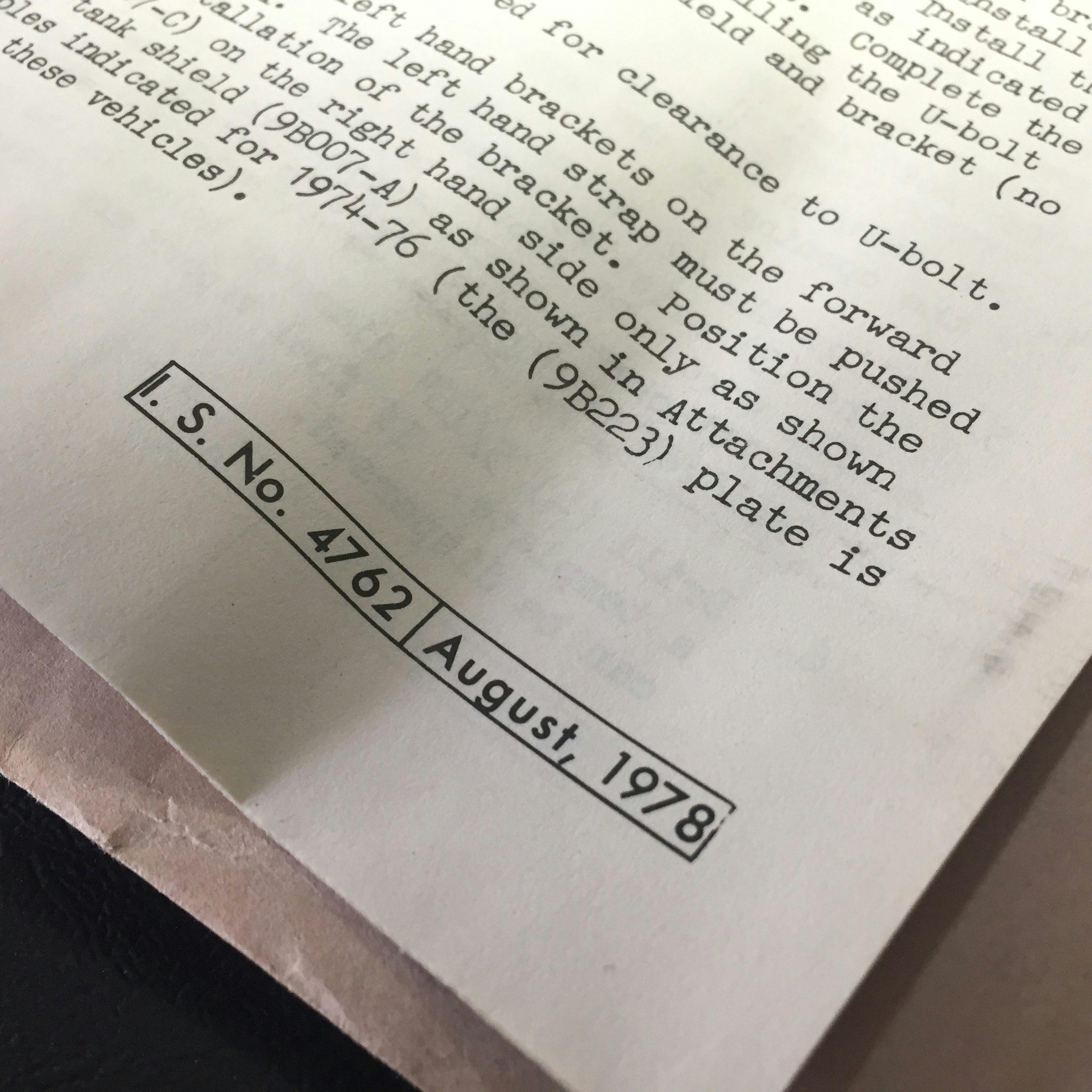

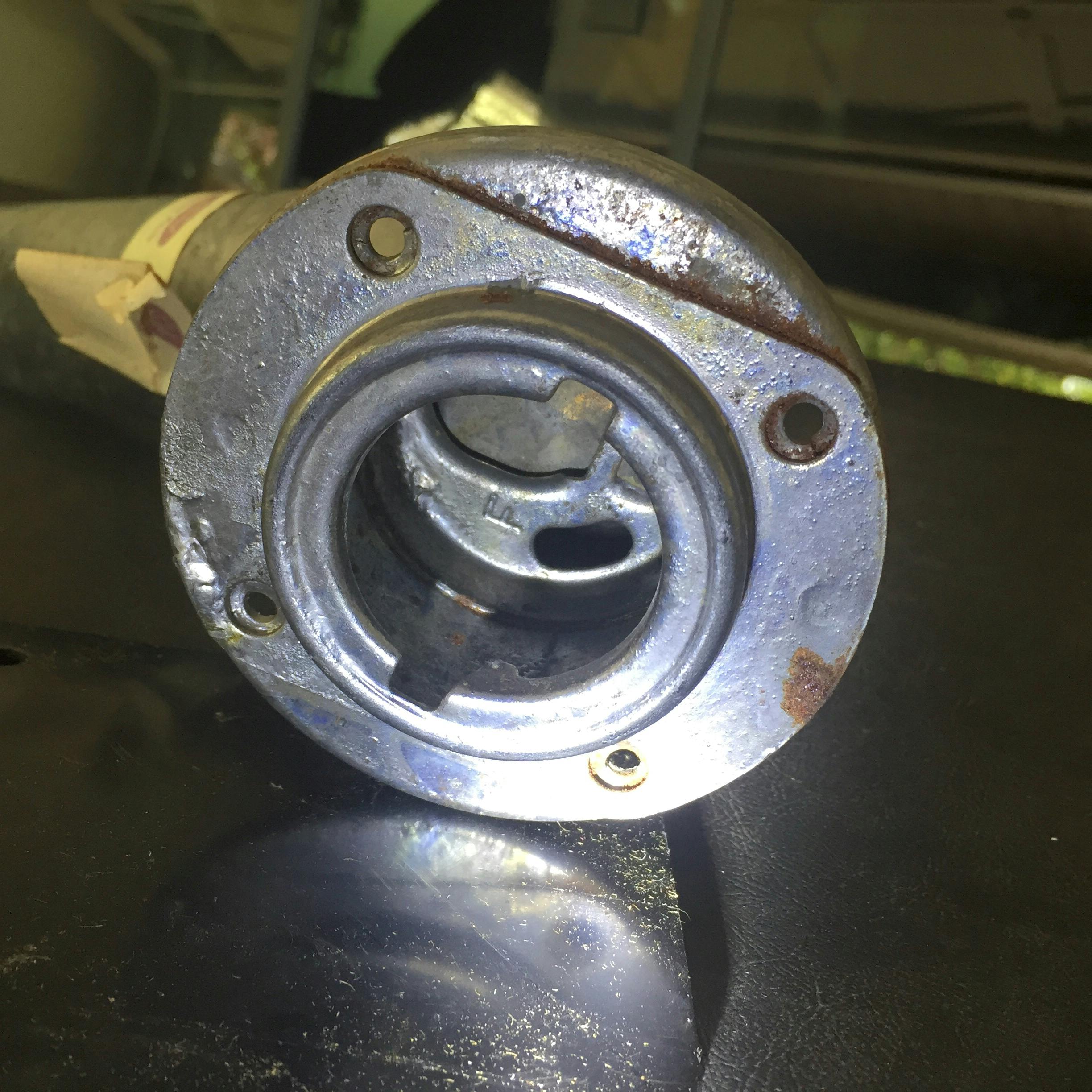
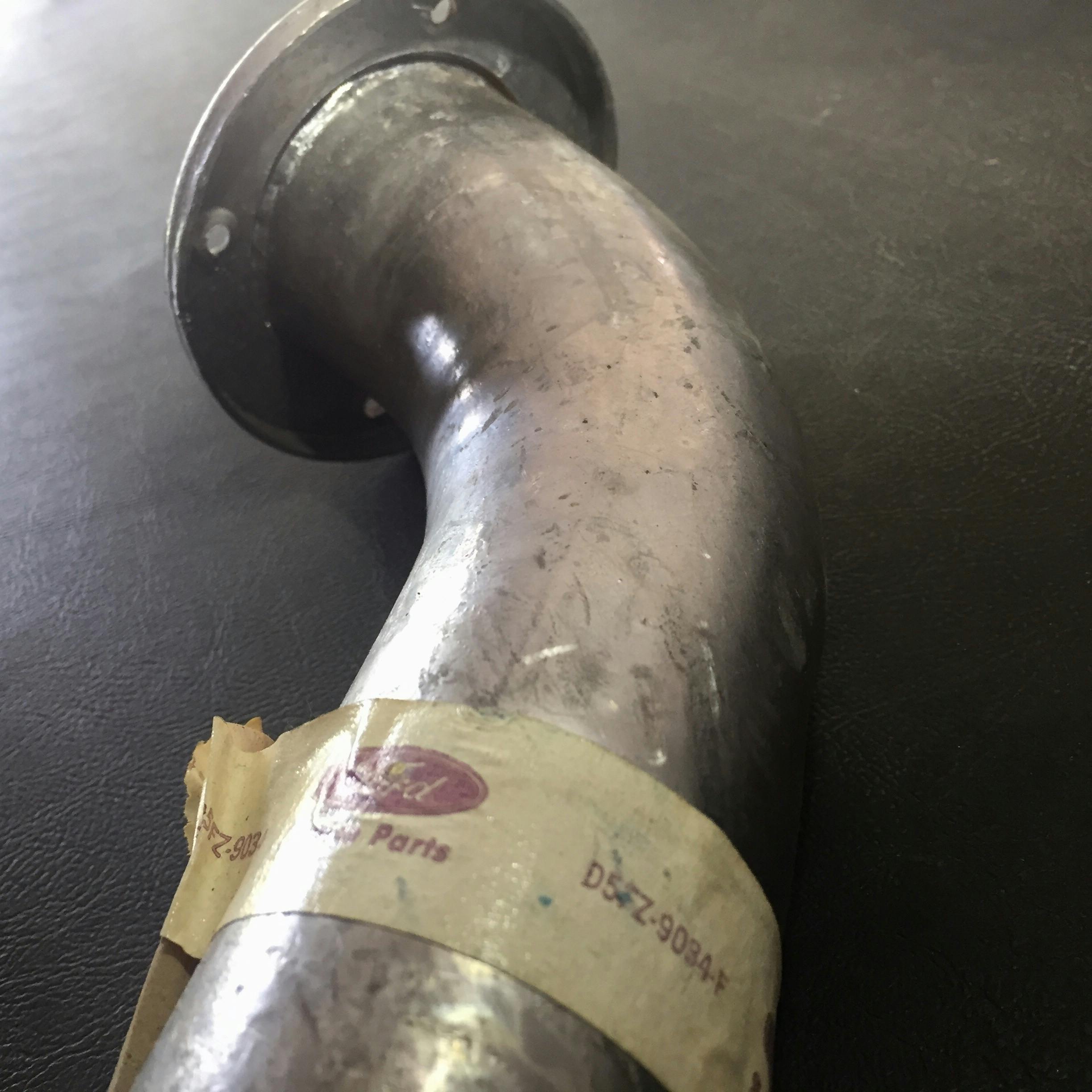






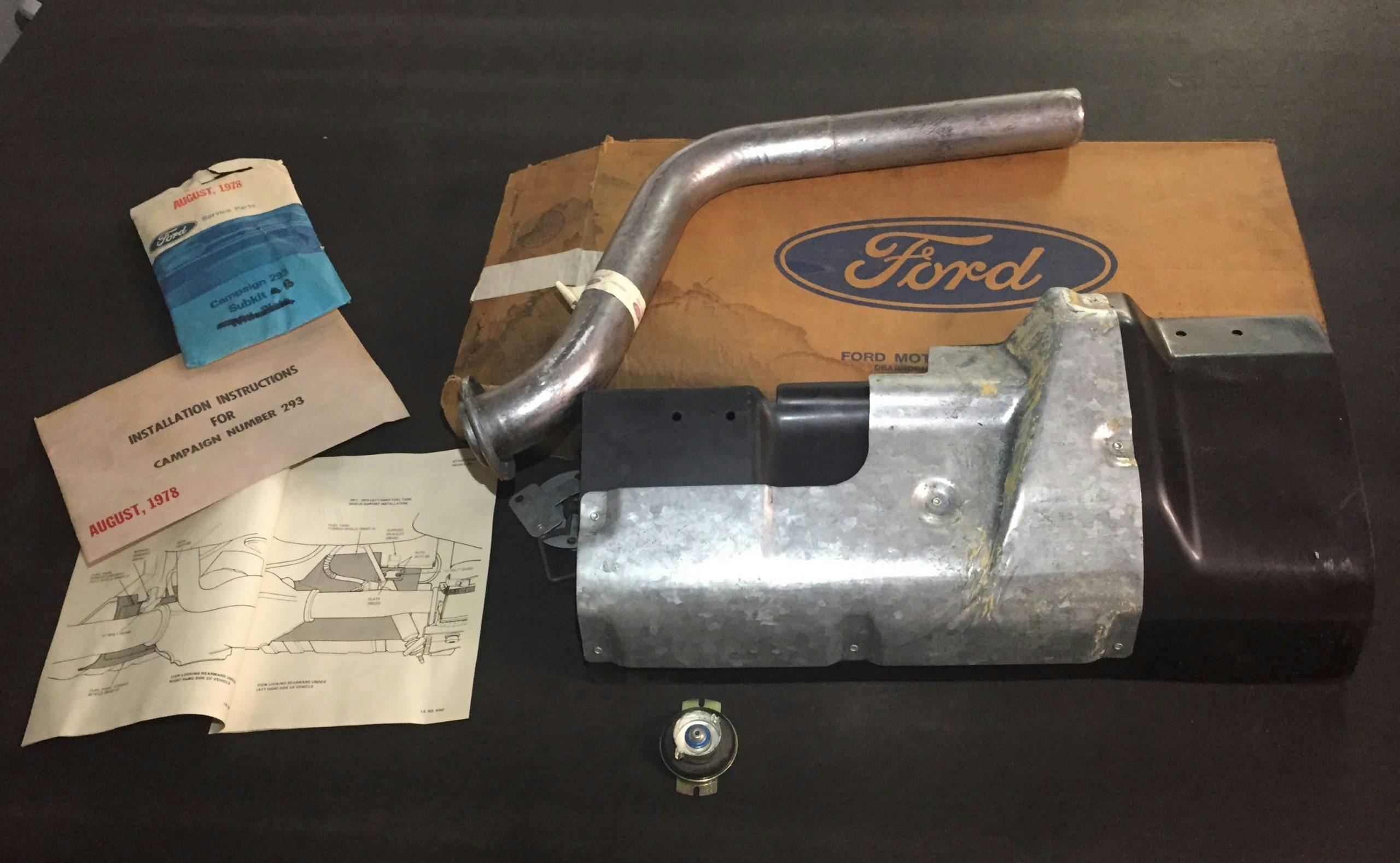
Might want to change “stick axle” to “straight axle”. Otherwise nice article👍🏻
Is there any info on removing the instrument panel in a pinto 1975.